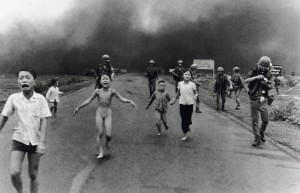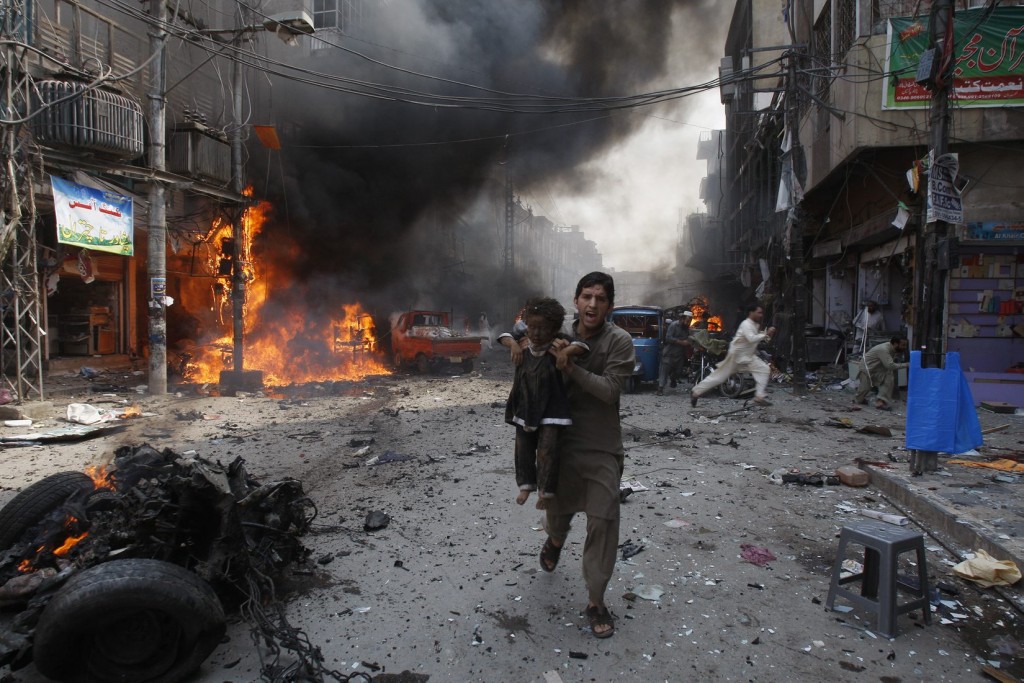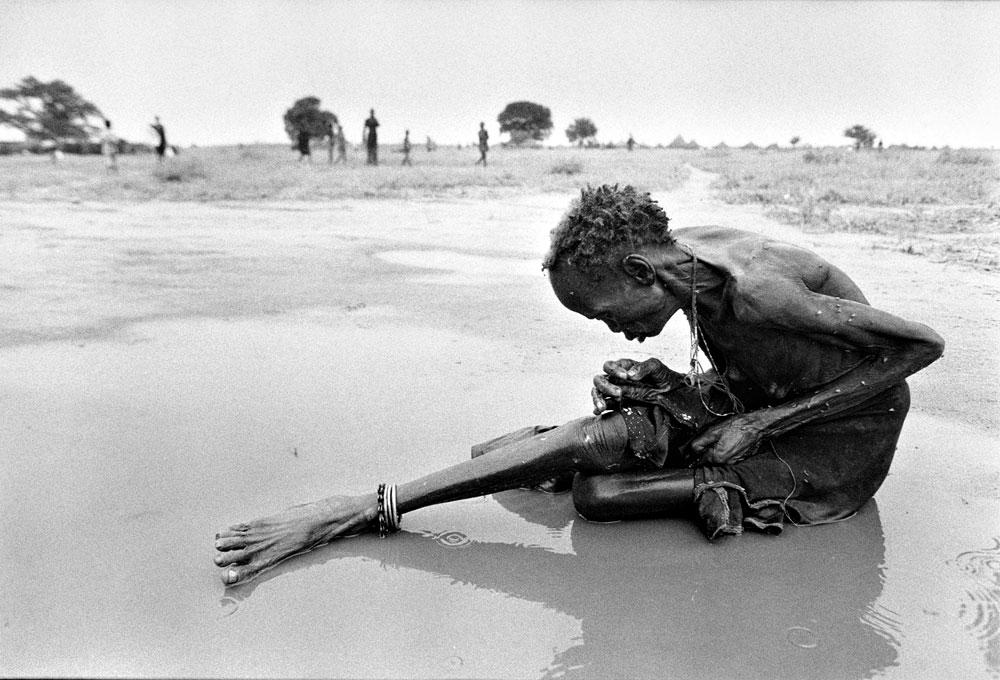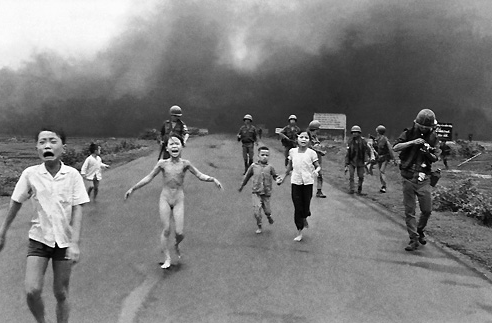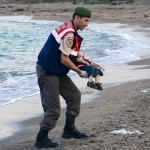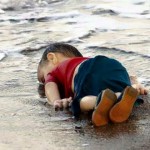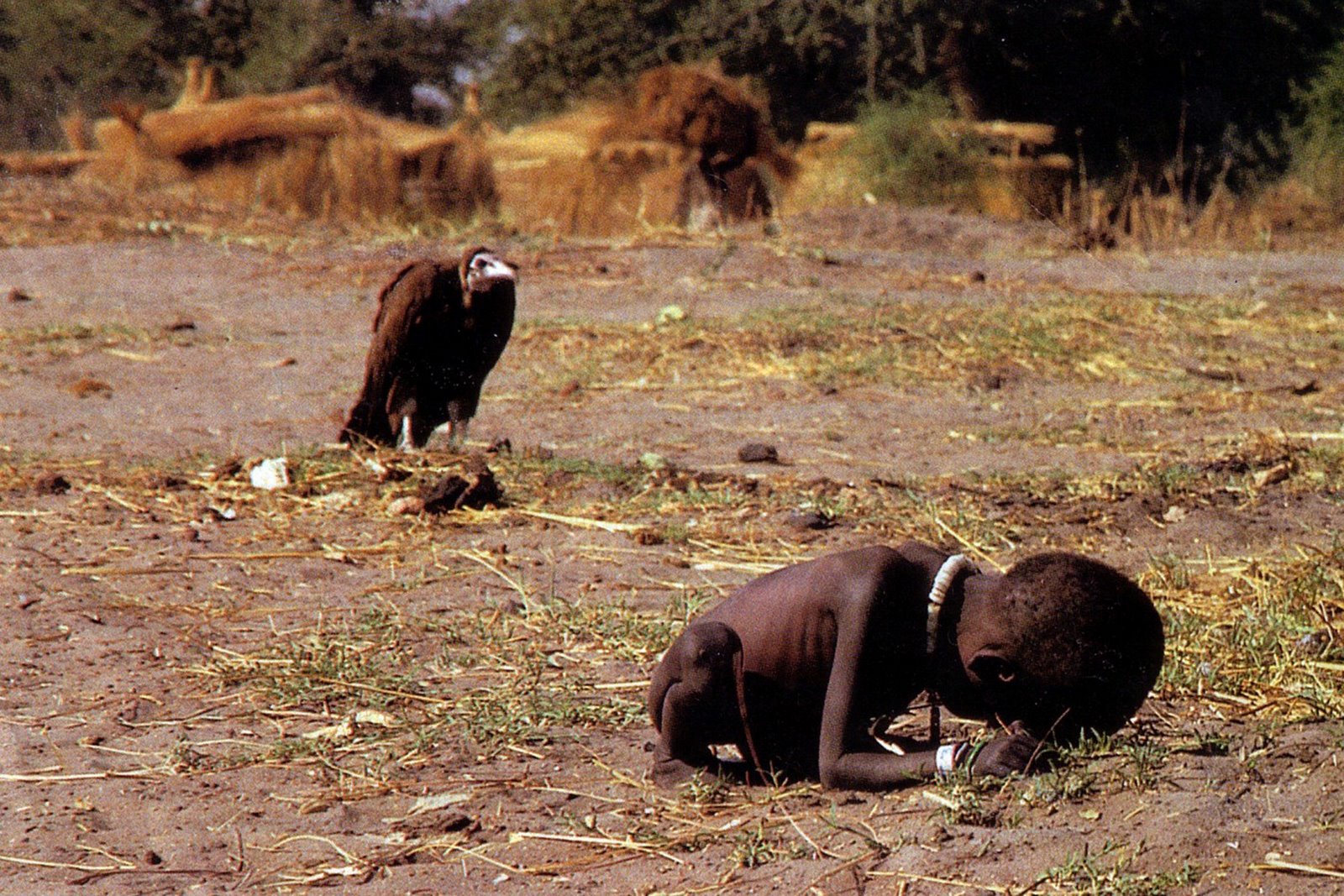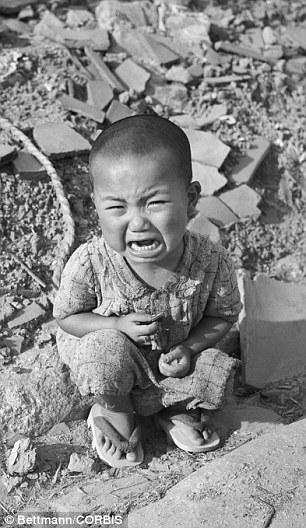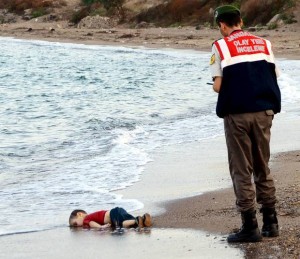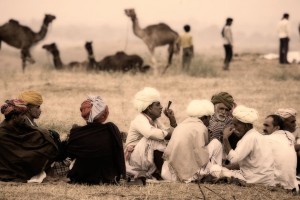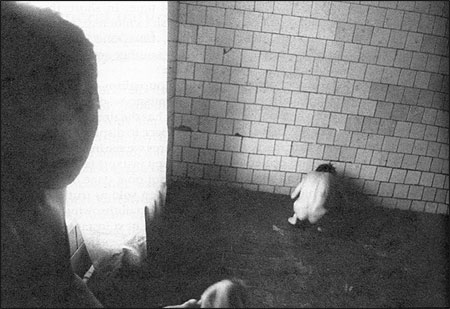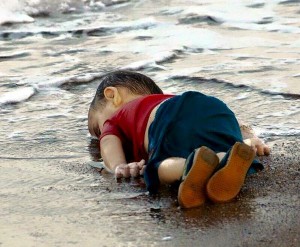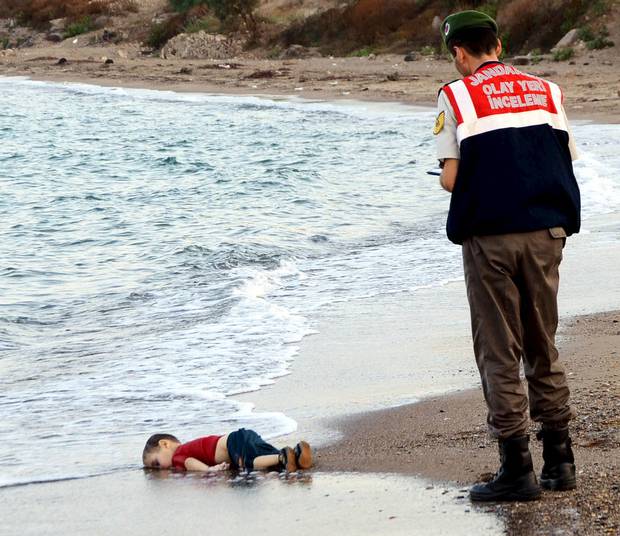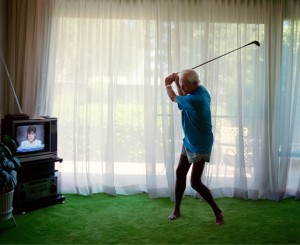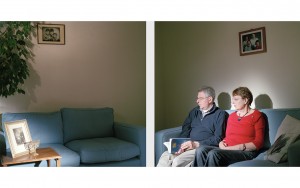A photojournalist is a person who makes images to illustrate news reports, to tell more of the story. This is an effective method as viewers often take in more visual images rather than just being told about what is going on in the world. To me photojournalism is the realest kind of photography, which is true. We often hear stories and think nothing of them until the hard-hitting truth sets in when images are revealed to the world through social media and tabloids. I think our modern world really benefits from photojournalists as it is not only a way of documenting our current world but it makes spectators reevaluate their lives, making them want change and thinking more carefully about certain situations. Photojournalists tend to get more up close and personal with others than any of us would feel uncomfortable doing. They not only tell the story but they become apart of it. By documenting the goings-on around the world, they are making history and publishing it. Growing up we were all told horror stories and we would believe that there were witches hiding underneath our beds waiting for us to get into bed and back then we would believe every word, scared of being taken by that witch. But for some reason as we grow older and get told real horror stories of goings-on in places like South Africa, Syria and former Yugoslavia yet we tent not to believe these stories until we can somehow see it with our own eyes. There is limited amounts of trust with the great powers of the world, only when images are reported and citizens of these countries speak out in disgust and outrage will these great powers begin to think about change. I believe that photojournalism is a very powerful thing and can make thousands, if not millions, of people all over the world stop living in their own little bubbles and reach out to try and help others.
A lot of photojournalist images are really hard-hitting, which they need to be nowadays for people to actually want change. I think that this aspect of photography is very important. Photojournalists aren’t there for self gain and to make a great photo, they are there to make an image that makes the rest of the world stop and think. In order for change to happen, we need proof that it’s actually been happening.
Photojournalism can be a tough job as sometimes there are moments of extreme distress and moments when you just aren’t sure whether to intervene or to make the image. It’s a tough decision to make and much criticism can follow but without these images we as a first world society would be unaware of the goings-on across the world. We wouldn’t know what people were doing to others and we wouldn’t know that we are just sitting around and letting it happen.
In recent events on the Syria refugees trying to flee the country to get to Germany on tiny boats and rough/risky means of transport. The world saw an image arise of a small boy [toddler] washed ashore. The small boy had fallen of the already tiny and overcrowded boat and was drowned. This image has had mass impact pushing the British government to make changes and to try and help these innocent people. When I first saw this image I got very upset, seeing such a small innocent little boy lying on the cold wet sand, lifeless. I could not understand how terrorists [ISIS] could actually do such a thing as to scare people out of their own country and for an innocent child to lose his life, not even old enough to understand what is going on and why he can’t sleep in his own bed. This boy had barely lived a life, he was most likely just running around and starting to make small sentences to communicate with his family. This is why it is important for photojournalists to photograph these events. We need to see these images in order to make us think differently and to make us want to help out. I myself didn’t really know much about the refugee situation until I saw this image of the little boy. These images almost don’t seem real to me as I hate to think that something like this could actually be happening in our supposedly modern and civilised world.
Another iconic image from a photojournalist is the one below of a little girl, starving being stalked by a vulture. This image was made in 1993, taken by Kevin Carter a South African photojournalist. This photographer received so much hatred from this one image, he was tormented and tortured by the things he had seen on his travels as a photographer and committed suicide months after this image was made. Part of his suicide note reads:
“I am haunted by the vivid memories of killings and corpses and anger and pain … of starving or wounded children” – Kevin Carter, extract of suicide note
There have been so many iconic images in history that have stood out and actually sparked change. These images are the ones that will be remembered and kept for future centuries to come and our new generations will reflect on these as historical events with no one left who actually lived through these events. I hope that in the future these images will just be horror stories that are told as a memorial for all those who lost their lives in these events and for our future generations to try and make peace with one another and to stop these fatal events from happening. I know that there will never be a time where we have complete peace across the world but maybe human nature will become less destructive.

